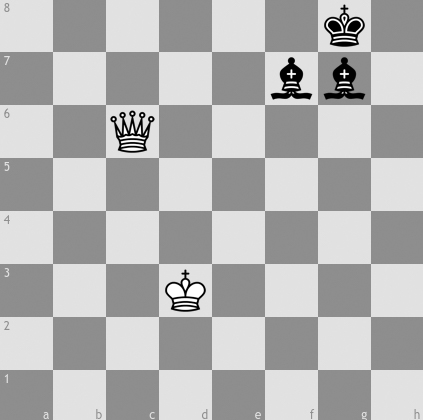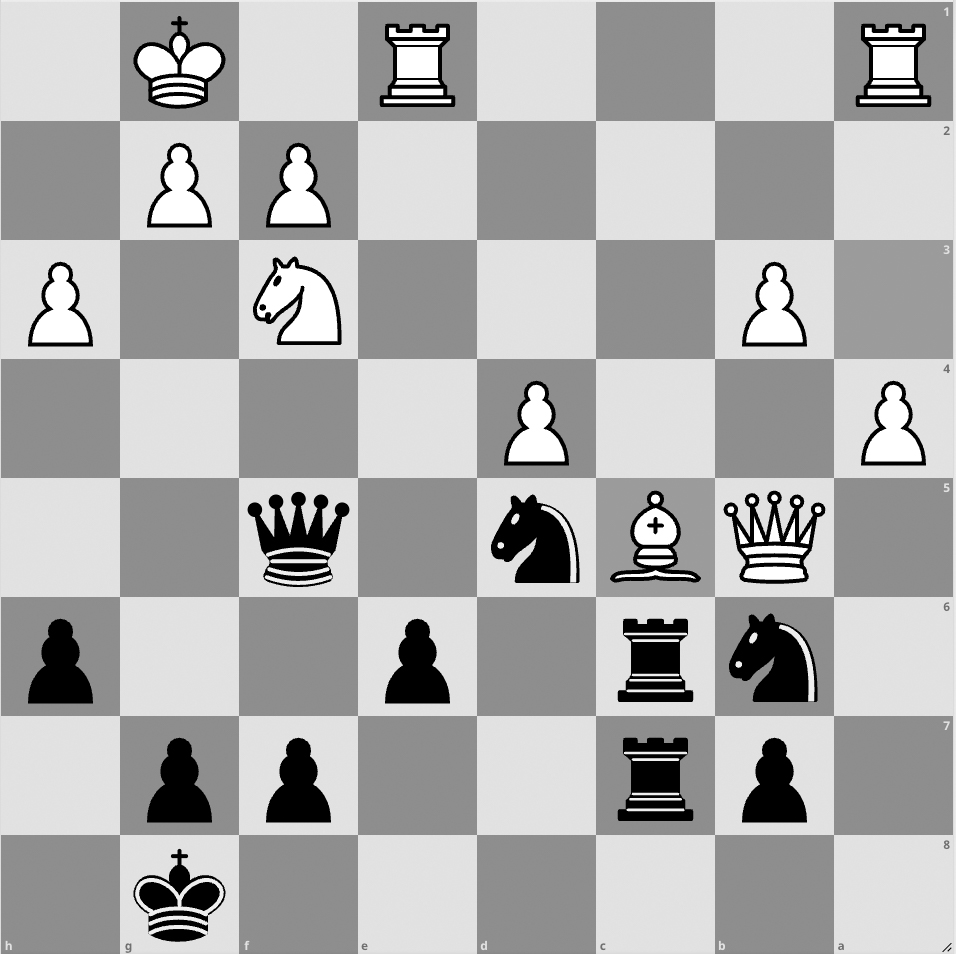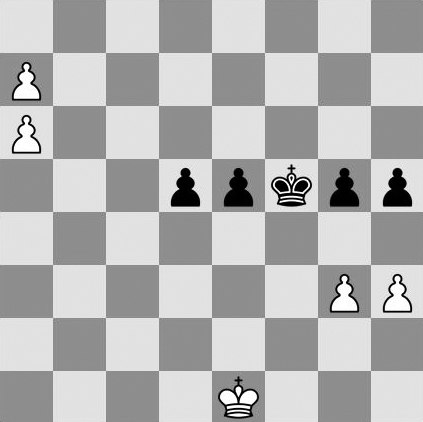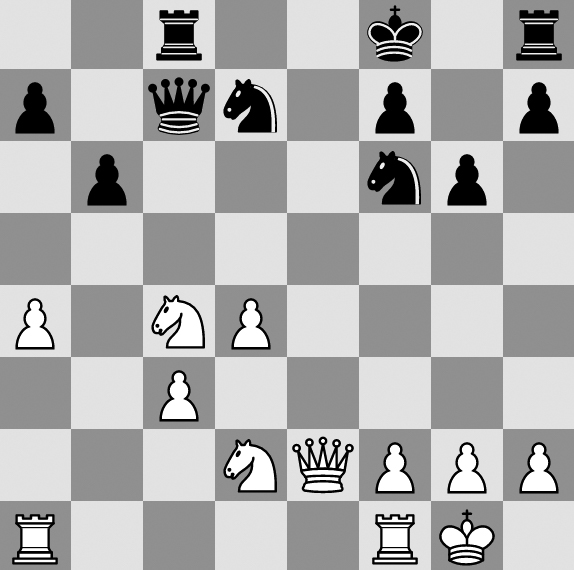Mastering Chess Strategies: A Comprehensive Guide for Beginners
October 18, 2023
Are you new to the fascinating world of chess? Does the complexity of the game leave you bewildered and unsure where to begin? Worry not, as this comprehensive guide will unravel the secrets of chess strategies and empower you with the knowledge and skills to excel in this timeless game. Whether you’re a complete novice or have dabbled in chess before, let’s explore the fundamental strategies that will pave the way for your success.

1. The Chessboard Unveiled
Before we delve into strategies, let’s get acquainted with the chessboard. It comprises 64 squares, arranged in an 8×8 grid. Each player starts with 16 pieces, including pawns, knights, bishops, rooks, a queen, and a king. Understanding the chessboard’s layout is vital for developing effective strategies.
2. The Opening Moves Decoded
The opening moves set the stage for the entire game. Aim to control the center of the board by deploying your pawns and developing your knights and bishops. One classic opening strategy is the “Italian Game,” where you move your e2 pawn to e4, allowing your bishop and queen to enter the game. Remember, avoid moving the same piece multiple times in the opening, as it wastes valuable development time.
3. Unleashing the Power of Knights and Bishops
Knights and bishops are powerful pieces that can significantly influence the game’s outcome. Knights move in an L-shape, making them valuable for controlling hard-to-reach squares. Bishops, on the other hand, move diagonally and are excellent for long-range attacks. Utilize their unique movements to dominate the board and create formidable threats.


4. Rooks: The Heavy Artillery
Rooks are the heavy artillery of chess. They move horizontally and vertically, covering vast sections of the board. Connect your rooks on the same rank or file to form a formidable defensive and offensive alliance. This strategy, known as “doubling rooks” can lead to devastating attacks.
5. Mastering the Queen's Majesty
The queen is the most potent piece, capable of moving in any direction. Guard your queen carefully while using it to control critical squares. But beware of overextending your queen’s reach too early, as your opponent may take advantage of its vulnerability.
6. Safeguarding the King's Sanctuary
Your king’s safety is paramount. In the opening and middle game, castle your king to the corner of the board, where it is better protected by rooks and pawns. Avoid leaving the king exposed in the center, as your opponent’s pieces may swarm and launch a fatal attack.
7. Pawns: Stepping Stones to Victory
Pawns may move only forward but capture diagonally. Advance your pawns strategically to gain space and support your pieces. Upon reaching the opposite end of the board, a pawn can be promoted to any other piece, except the king. This pawn promotion can be a game-changer, so plan ahead for potential promotions.

8. Tactics in the Middle Game
The middle game is the heart of a chess match, where tactical maneuvers come into play. Look for opportunities to fork your opponent’s pieces using your knights or execute pins and skewers with your bishops and queen. Keep an eye out for tactics that expose your opponent’s weaknesses and lead to favorable exchanges.

9. Patience and Calculation in the Endgame
As the board clears and pieces thin out, the endgame begins. In this stage, precision and calculation are paramount. Ensure your king is active, bringing it closer to the center to support your pawns’ journey to promotion. Always be vigilant and avoid falling into stalemate traps.
10. The Path to Improvement: Practice
Chess is a skill that improves with practice. Play regularly against opponents of varying skill levels to hone your strategies and tactics. Analyze your games to learn from your mistakes and discover new ways to enhance your play. Join chess clubs or online communities to engage with other players and expand your knowledge.
